Pancreas Optical Clearing and 3-D Microscopy in Health and Diabetes
- PMID: 33981285
- PMCID: PMC8108133
- DOI: 10.3389/fendo.2021.644826
Pancreas Optical Clearing and 3-D Microscopy in Health and Diabetes
Abstract
Although first described over a hundred years ago, tissue optical clearing is undergoing renewed interest due to numerous advances in optical clearing methods, microscopy systems, and three-dimensional (3-D) image analysis programs. These advances are advantageous for intact mouse tissues or pieces of human tissues because samples sized several millimeters can be studied. Optical clearing methods are particularly useful for studies of the neuroanatomy of the central and peripheral nervous systems and tissue vasculature or lymphatic system. Using examples from solvent- and aqueous-based optical clearing methods, the mouse and human pancreatic structures and networks will be reviewed in 3-D for neuro-insular complexes, parasympathetic ganglia, and adipocyte infiltration as well as lymphatics in diabetes. Optical clearing with multiplex immunofluorescence microscopy provides new opportunities to examine the role of the nervous and circulatory systems in pancreatic and islet functions by defining their neurovascular anatomy in health and diabetes.
Keywords: CLARITY; Schwann cell; adipocyte; autonomic (vegetative) nervous system; confocal 3-D microscopy; islet; lightsheet microscopy; organoid.
Copyright © 2021 Campbell-Thompson and Tang.
Conflict of interest statement
The authors declare that the research was conducted in the absence of any commercial or financial relationships that could be construed as a potential conflict of interest.
Figures
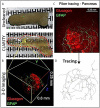
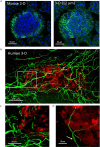
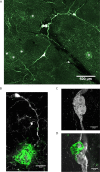
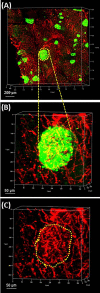
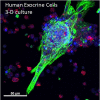
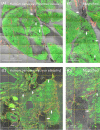
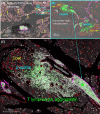
Similar articles
-
Imaging of the islet neural network.Diabetes Obes Metab. 2014 Sep;16 Suppl 1:77-86. doi: 10.1111/dom.12342. Diabetes Obes Metab. 2014. PMID: 25200300 Review.
-
Human pancreatic neuro-insular network in health and fatty infiltration.Diabetologia. 2018 Jan;61(1):168-181. doi: 10.1007/s00125-017-4409-x. Epub 2017 Aug 29. Diabetologia. 2018. PMID: 28852792
-
3D Optical Molecular Imaging of the Rodent Pancreas by OPT and LSFM.Methods Mol Biol. 2023;2592:1-19. doi: 10.1007/978-1-0716-2807-2_1. Methods Mol Biol. 2023. PMID: 36507982
-
Human pancreatic afferent and efferent nerves: mapping and 3-D illustration of exocrine, endocrine, and adipose innervation.Am J Physiol Gastrointest Liver Physiol. 2019 Nov 1;317(5):G694-G706. doi: 10.1152/ajpgi.00116.2019. Epub 2019 Sep 11. Am J Physiol Gastrointest Liver Physiol. 2019. PMID: 31509431
-
A "Clearer" View of Pancreatic Pathology: A Review of Tissue Clearing and Advanced Microscopy Techniques.Adv Anat Pathol. 2019 Jan;26(1):31-39. doi: 10.1097/PAP.0000000000000215. Adv Anat Pathol. 2019. PMID: 30256228 Review.
Cited by
-
Transparent tissue in solid state for solvent-free and antifade 3D imaging.Nat Commun. 2023 Jun 9;14(1):3395. doi: 10.1038/s41467-023-39082-4. Nat Commun. 2023. PMID: 37296117 Free PMC article.
-
Spinal cord from body donors is suitable for multicolor immunofluorescence.Histochem Cell Biol. 2023 Jan;159(1):23-45. doi: 10.1007/s00418-022-02154-5. Epub 2022 Oct 6. Histochem Cell Biol. 2023. PMID: 36201037 Free PMC article.
-
Tissue clearing and 3D imaging in developmental biology.Development. 2021 Sep 15;148(18):dev199369. doi: 10.1242/dev.199369. Epub 2021 Oct 1. Development. 2021. PMID: 34596666 Free PMC article. Review.
-
Obesity- and diet-induced plasticity in systems that control eating and energy balance.Obesity (Silver Spring). 2024 Aug;32(8):1425-1440. doi: 10.1002/oby.24060. Epub 2024 Jul 15. Obesity (Silver Spring). 2024. PMID: 39010249 Review.
-
Schwann Cells in Digestive System Disorders.Cells. 2022 Feb 28;11(5):832. doi: 10.3390/cells11050832. Cells. 2022. PMID: 35269454 Free PMC article. Review.
References
Publication types
MeSH terms
Grants and funding
LinkOut - more resources
Full Text Sources

